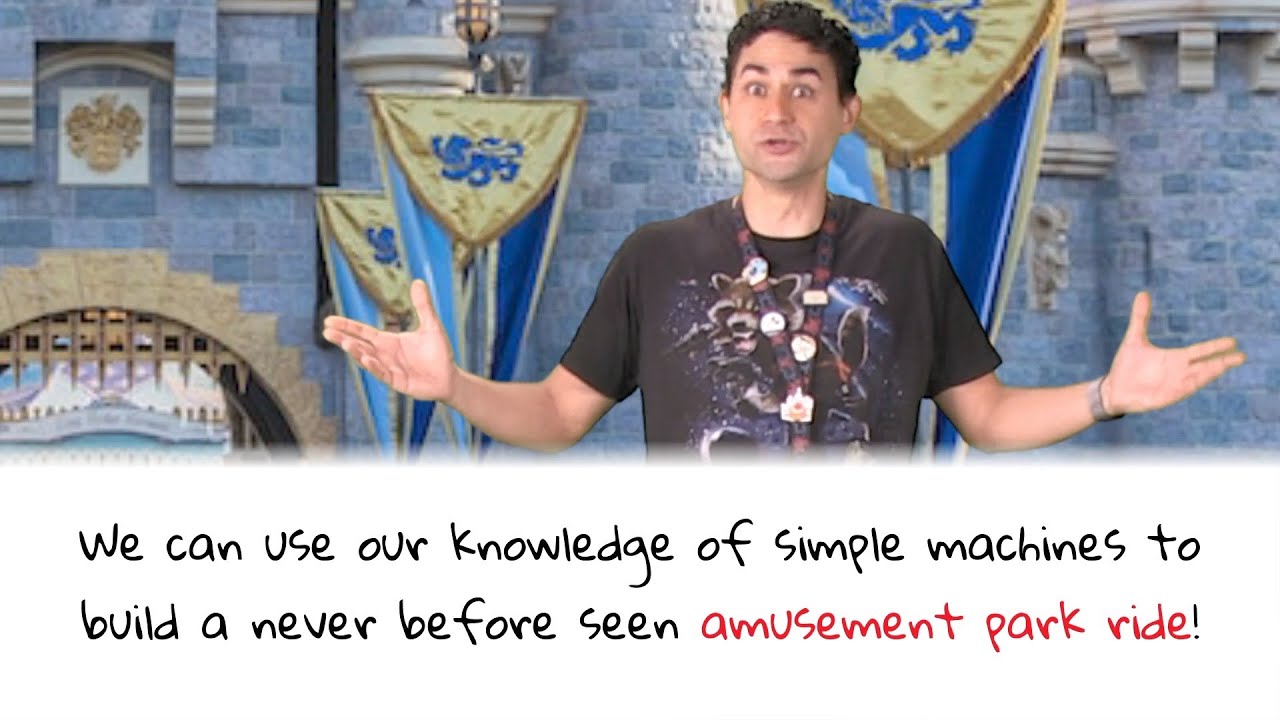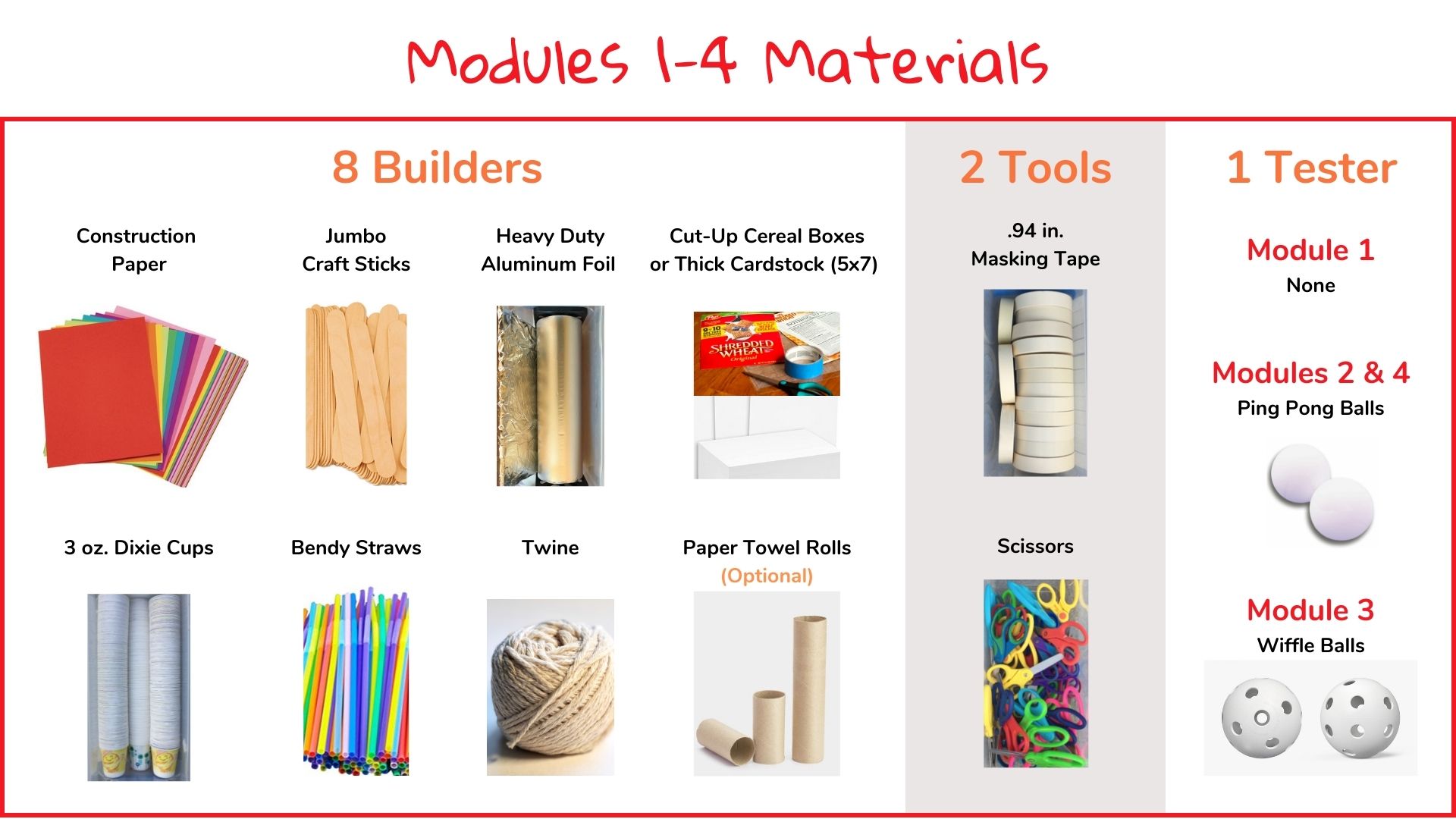STEM Challenge: Your Own Park

Context for Challenge
Students embark on a journey into the human brain, becoming theme park designers to build a brain-themed amusement park. Inspired by lessons on brain anatomy and the concepts of “Whoops, How, and Yet,” students create a 3D diorama or model showcasing the amygdala, prefrontal cortex, and these key concepts.
Constraints and Success Criteria
The park must include areas for the amygdala and prefrontal cortex, and at least three rides representing Whoops, How, and Yet. The diorama or model should fit within a 12×12 inch base and use only provided materials. Each section must be clearly labeled. The project should be completed in two class periods, be creative, visually appealing, and neatly constructed. Students must explain their design and its connections to the brain and concepts in a class presentation.
Materials

Set Up
- Prepare Materials: Ensure you have all the necessary materials ready beforehand and organize them so that they are easily accessible to students. Students should use no more than five of any one material per creation! For example, a student can use five straws and five pieces of paper, but not ten straws. If you provide aluminum foil, no more than one arm’s length piece for each student!
- Provide Guidelines and Constraints: Reiterate the challenge to students, as needed. Building time is 45 minutes!
- Model the Design Process: Before students begin, demonstrate the design process by going through the steps yourself. Discuss how to brainstorm ideas, create prototypes, test them, and make iterations based on the results, as needed.
- Encourage Collaboration: Foster a collaborative environment where students can work together in pairs. Encourage them to share ideas, help each other troubleshoot challenges, and provide constructive feedback throughout the process. But no groups of three!
- Support Adaptation: Encourage students to embrace the mindset of adaptation and problem-solving. Help them see that setbacks and failures are opportunities to learn and make improvements. Guide them in identifying areas for adaptation and brainstorming alternative solutions.
- Facilitate Reflection: Set aside time for students to reflect on their design process and decision-making. Ask questions that prompt them to think critically about their choices, challenges they faced, and what they learned from the experience. This reflection can be done individually, in pairs, or as a whole-class discussion.
- Celebrate and Showcase: Celebrate students’ efforts and showcase their work.
CASEL Discussion Questions
Five questions aligned to Social Awareness and Relationship Skills — our focus CASEL competency for Module 4 and Module 5 — for teachers to foster an engaging discussion and social-emotional learning
- In what ways did you show empathy towards your teammates during the project, especially if someone’s idea was not included?
- Can you describe a moment when you noticed a classmate feeling frustrated or excited? How did you respond to support them?
- What strategies did you use to resolve any disagreements or conflicts that arose during the project?
- How did you ensure that the tasks were evenly distributed among team members?
- Can you give an example of how you encouraged a teammate who was struggling with their part of the project?



